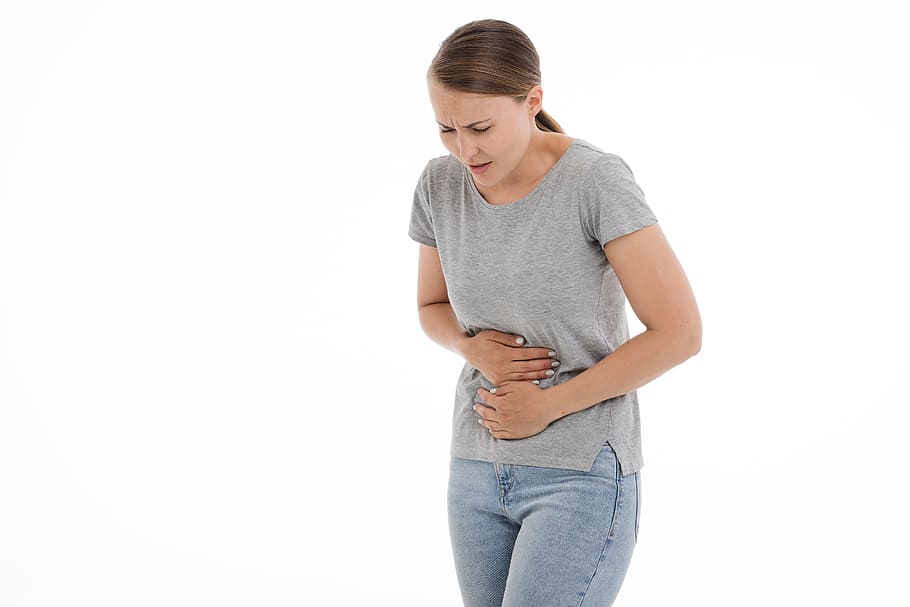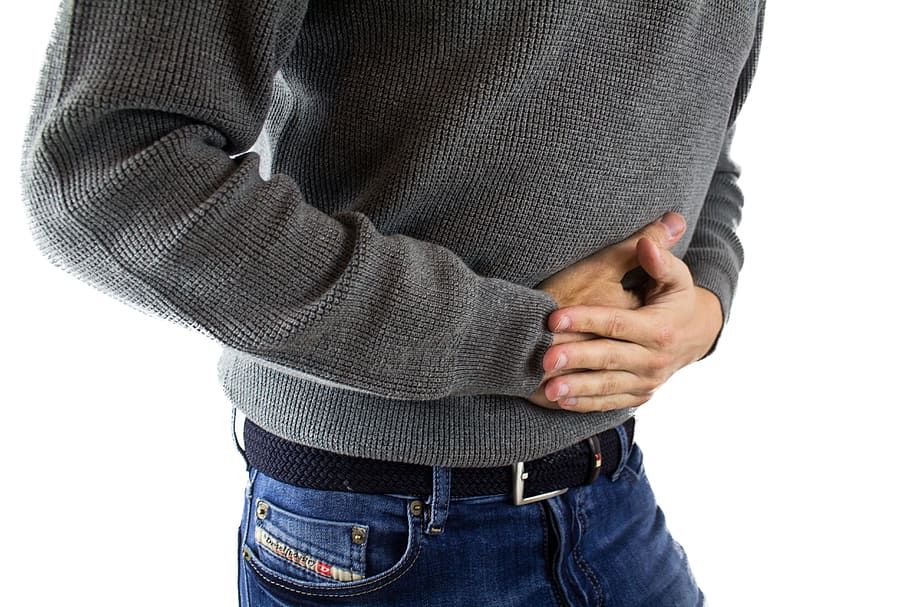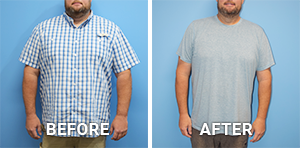GERD Minimally Invasive Surgical Treatment
Conveniently located to serve the areas of Houston and Katy

Gastroesophageal reflux disease, or GERD, is a digestive problem that affects the lower esophageal sphincter (LES); a ring of muscle between the esophagus and stomach that acts like a valve. GERD is also called acid reflux because of the digestive juices and food that rise up into the esophagus.
When acid reflux occurs, the stomach acid touches the lining of the esophagus which may cause a burning sensation in the chest or throat called heartburn or acid indigestion. Occasional reflux is common and does not necessarily mean one has a serious problem. Persistent reflux that occurs more than twice a week is considered GERD, and it can eventually lead to more serious health problems. People of all ages can have GERD.
Most people attempt to treat GERD (or acid reflux) by changing their diet or attempting to adapt to medications. Unfortunately, these changes only work to subside the effects of GERD so long as they are adhered to consistently. If circumstances change, however, the effects of GERD can resurface just as harshly as they surfaced before.
Contents
What are the symptoms of GERD?
The main symptom of GERD in adults is frequent heartburn, also called acid indigestion. Patients often describe a burning type pain in the mid-chest, behind the breastbone, and in the mid-abdomen. Some adults, have GERD without heartburn. Instead, they may experience a dry cough, asthma symptoms, or trouble swallowing. This condition is called laryngeal pharyngeal reflux or LPR (silent reflux).
The reason some people develop GERD is still unclear.
In some people with GERD, the LES simply relaxes at an inappropriate time. Anatomical abnormalities such as a hiatal hernia may also contribute to GERD. A hiatal hernia occurs when the upper part of the stomach move above the diaphragm (a thin layer of muscle that separates the stomach cavity from the chest cavity). When a hiatal hernia is present, acid and non-acid reflux can occur more easily. A hiatal hernia can occur in people of any age. Like hernias in other parts of the body, this defect can be acquired over time from straining, coughing or gaining weight. Fortunately every hiatal hernia does not cause GERD or significant symptoms.
The typical conservative treatment of GERD (or acid reflux) consist of diet modification and medication. Unfortunately, these changes work inconsistently and often times poorly in the treatment of GERD. The gold standard for the treatment of acid reflux is the Nissen or Toupet fundoplication surgery with or without repair of a hiatal hernia.
Toupet Fundoplication vs. Nissen Procedure
There are two common types of fundoplication procedures: Nissen and Toupet. They are different in their own respects but are performed in the same kind of fashion. Both the Nissen and Toupet surgeries are minimally invasive. The procedure is performed via small incisions and involves repairing a hiatal hernia as indicated and then wrapping the top part of the stomach around the end of the esophagus to reinforce the lower esophageal sphincter (LES). This recreates the “one-way-valve” that is meant to prevent acid reflux.

In the past, the Nissen (complete wrap) has been the popular laparoscopic operation performed for the treatment of gastroesophageal reflux disease (GERD). However, for patients in whom esophageal peristalsis is documented to be weak preoperatively, use of a partial wrap, or Toupet procedure, has often been used as an alternative to lessen the potential for postoperative dysphagia and decrease the unwanted side effects such as bloating and increased flatulence. Trials indicate that the Toupet fundoplication has a reduced risk of gas-bloat side effects, while controlling gastro-esophageal reflux symptoms equally as well as the Nissen fundoplication.
GERD Surgery Recovery
You may be sore and have some pain in your belly for several weeks after surgery and may have pain near your shoulder for a day or two after surgery. It may be hard for you to swallow for up to 6 weeks after the surgery. When you burp, you may not get as much relief as you did before the surgery. The cramping and bloating usually go away in 2 to 3 months, but you may continue to pass more gas for a long time. Because the surgery makes your stomach a little smaller, you may get full more quickly when you eat. In 2 to 3 months, the stomach adjusts and you will be able to eat your usual amounts of food. After laparoscopic surgery, most people can go back to work or their normal routine in about 1 to 2 weeks..
GERD Surgery by Houston’s Top Surgeon
Nissen and Toupet Fundoplication surgeries are procedures you want to entrust a surgeon with experience and technical expertise . Schedule a consultation with Dr.Bonnor at Texas Endosurgery Associates in Houston to begin winning the battle against GERD today.






